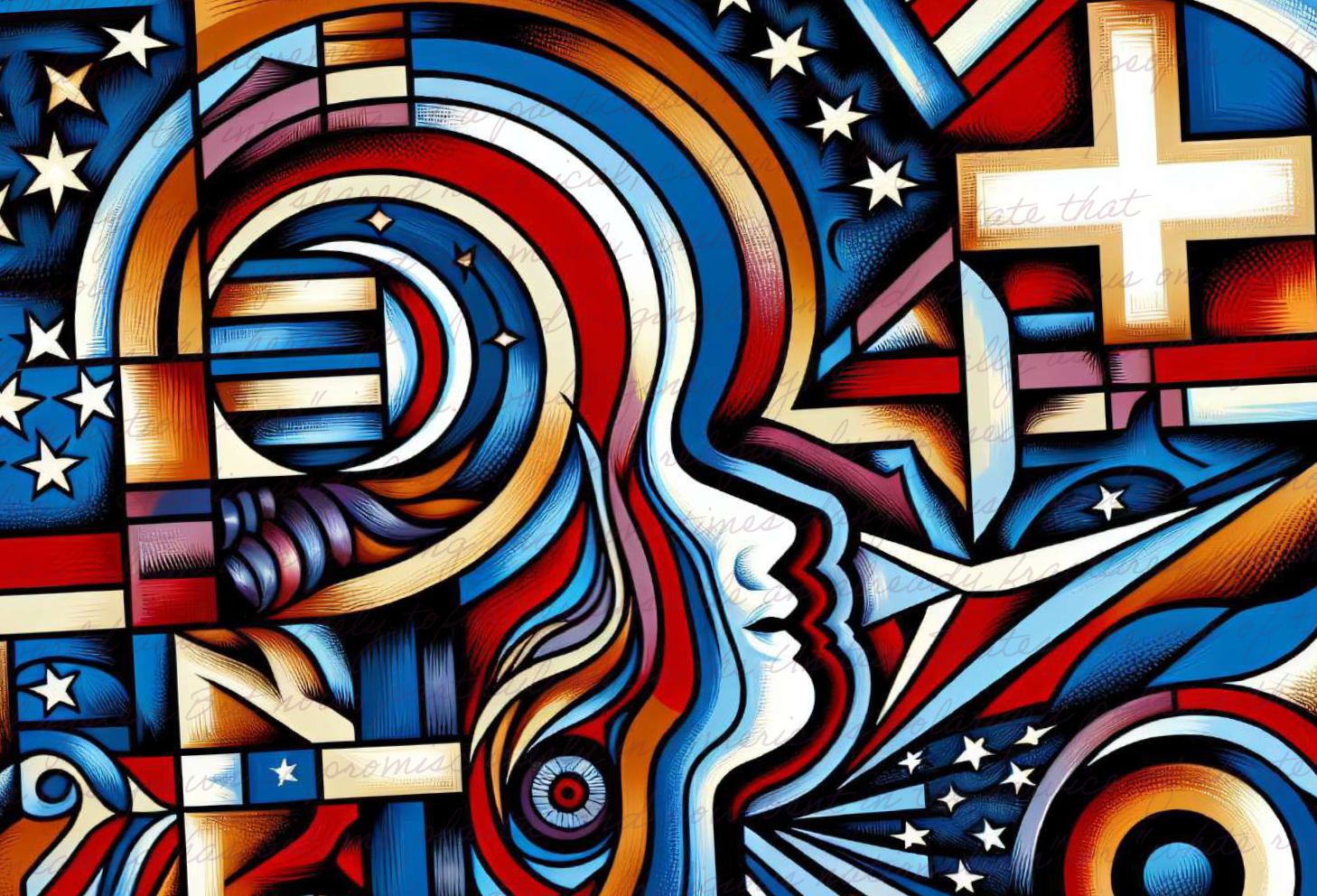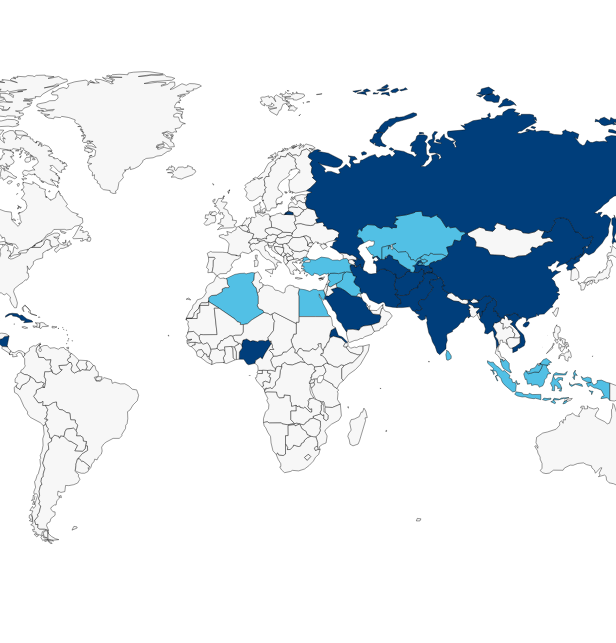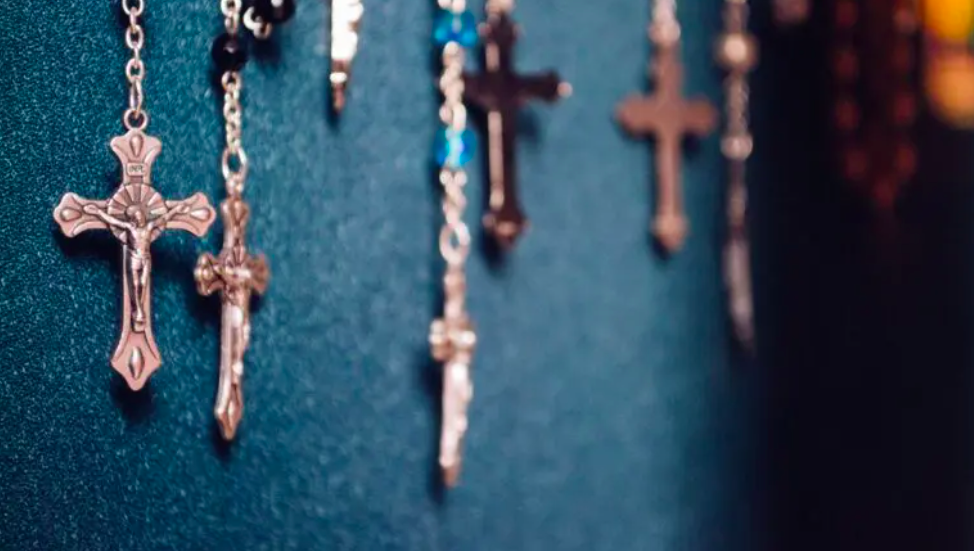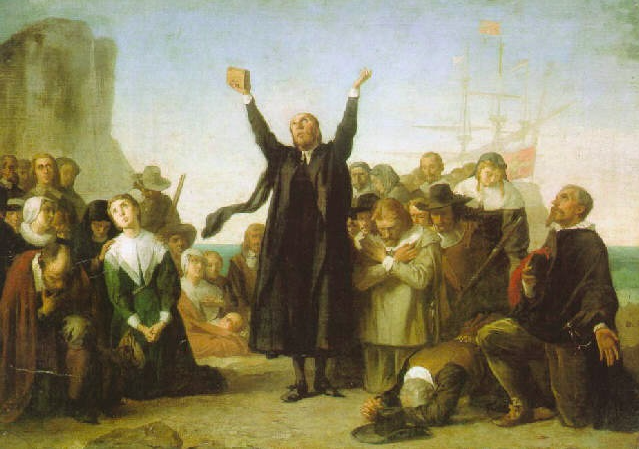This blog was written as a response to the earlier post, “Does Religious Liberty Encourage or Curb Faith-Based Terrorism?” by Nilay Saiua and Anthony Scime, which can be found here.
By: Harris Mylonas
Part 1: Existing Research
Conflict about the role of religion in state affairs is acute in the Middle East, Europe, and Africa. Are religious cleavages more prone to violent conflict than other cleavages? What is the relationship between religion and political violence? These are important questions in the study of politics but, more importantly, the answers we give have important implications for policy.
[Because] different religious doctrines and faiths have a wide range of dispositions toward the political sphere, [and because] there is wide variation in organizational structures, practices, and goals, using “religion” as a category of analysis is tricky.
Furthermore, we should distinguish between conflicts where the “religious cleavage” is salient but not the primary motivation, and conflicts that are fought with religious goals in mind. Relatedly, the public perception of religious political violence may be inflated. Several high profile conflicts, such as in Northern Ireland, Israel/Palestine, and Cyprus have been portrayed as merely religious in nature, when in fact issues of national self-determination and political power motivate these conflicts.
Turning to the term “political violence,” we face similar challenges, [as certain conditions could be used to justify violence for a political end, like those surrounding the American War of Independence].
The type of state that religious groups inhabit and the content of the group’s doctrine significantly impact the relationship between religion and political violence. In this connection, Daniel Philpott’s distinction between “integrationist” and “differentiated” states appears potentially useful. In his 2007 article in American Political Science Review, Philpott terms countries where separation of church and state has not taken place as “integrationist,” and countries in which it has as “differentiated.” Relatedly, he argues that the political theology of a society’s dominant religious doctrine is crucial. According to Philpott, we are [theoretically] more likely to observe political violence in integrationist rather than differentiated states. [Empirically], however, the relationship between political violence and the nature of the predominant theological doctrine of a state is unclear. After all, religiously motivated civil wars are extremely rare, thus rendering statistical analyses sensitive to very few cases.
At a basic level, religious diversity is not a predictor of civil war onset once we control for a country’s wealth. Fearon and Laitin’s 2003 piece on “Ethnicity, Insurgency, and Civil War,” finds religious diversity has no effect on civil war onset after controlling for per capita income. The way Fearon and Laitin formulate their hypothesis is rather basic: “Measures of a country’s ethnic and religious diversity should be associated with a high risk of civil war.” Their negative finding is evidence against the view that “plural” societies are conflict-prone due to ethnic or religious tensions. However, the measure they use cannot fully capture such a dynamic since it is based on the number of different groups in a society but not the relationships between them.
Further research indicates that the existence of religious heterogeneity should not have an impact on its own. Civil war is a product of a pre-existing conflict, and such a conflict has to be over specific stakes. For religion to factor into such a scenario, the simple existence of many religious groups in a country would not suffice. The politics surrounding the various religious groups, the access to state and non-state resources, and the hierarchies of these groups are more likely to be linked to conflict.
A key distinction, which I make in my book, The Politics of Nation-Building, is between religious diversity and politically mobilized religious differences. The politicization of ethnic and religious differences is often the product of external powers interfering in other states by supporting non-core groups in an attempt to destabilize enemies or annex territories. Assuming that religion is an important part of the definition of the national type in a society, religious minorities that have no external patrons and do not pose a threat to the country will be accommodated or gradually integrated into the dominant culture. In contrast, religious minorities that have external links to enemy powers will be targeted with exclusionary policies. It is the latter scenario that is more likely to lead to violent conflict.
Recent analysis has also found that state discrimination against minority religions or languages does not lead to higher risks of civil war. Fearon and Laitin attempt to capture discrimination in favor of a particular group’s language or religion by coding, “by decade, indicators for whether the state had an official religion, gave resources to one religion, not available to others, regulated missionary activities, or singled out for or permitted harassment of a particular religious group.” Their measure of state discrimination against minority religions is not associated with systematically higher risks of civil war onset.
Religious cleavages do not by themselves explain civil war. This is what Ragnhild Nordas finds when studying the relationship between religious heterogeneity, regulations, and civil wars from 1990 to 2002. However, she does find support for a more nuanced hypothesis that takes into account the institutional setting and the state regulation of religious minorities. Nordas argues that in countries that have a religious cleavage along world religions, the probability of conflict increases when the state has an official state religion and persecutes religious minorities. These findings contradict Fearon and Laitin’s but corroborate Philpott’s finding that “[c]ommunal violence is advanced by groups with integrationist political theologies, sometimes secular in character, who capture the state and impose integrationist institutions upon minority faiths who then rebel, and by integrationist religious groups who take up opposition to states.”
There is also evidence that the religious cleavage seems to be increasingly salient in the last four decades. Monica Duffy Toft has shown that the number of religious civil wars has increased as a proportion of all civil wars. In “The Rise of Religious Nationalism and Conflict: Ethnic Conflict and Revolutionary Wars, 1945-2001,” Jonathan Fox finds that religious minorities that pursued national self-determination goals produced more violence after 1995. A similar pattern emerges in the State Failure dataset (of the Political Instability Task Force) in which, after 1965, conflict involving religious minorities becomes more violent than conflict that involves other types of groups. However, Fox’s study finds no effect for religious minorities that fought conflicts for religious ends.
Studies have also been conducted to determine whether the intensity of violence in religious or non-religious conflicts is higher. Nordas analyzed the effect of a conflict having a religious dimension on the number of fatalities in conflicts active since 1989 (UCDP/PRIO Armed Conflicts Dataset) and found that religious conflicts are not bloodier overall. In her analysis
, Islam does not seem to be associated with bloodier conflicts. Toft, however, looking at all civil wars in the second half of the 20th century, shows that more than 80 percent of religious civil wars involve Islam. She explains this over-representation by asserting that, “Whereas the largely Christian West has rejected the idea that violence in the name of religion has a positive utility and that the Church and the state should be the same, Islam and its adherents have not rejected such notions.”
This finding echoes Philpott’s argument about illiberal political theological doctrines and integrationist states. Ron Hassner further suggests in War on Sacred Grounds that sacred sites may be particularly prone to conflict, since they provide valuable resources for both religious and political actors but cannot be easily divided. This argument deserves more systematic testing.
Part 2: A New Research Agenda
Religious diversity exists worldwide; virtually no religious community lives in a country without a religious other. What is most important for our purposes is that believers are not neatly arranged within particular states. Of course, prominent cases do exist where religion and national identity are coterminous. However, most people in the world live in religiously diverse countries. Taking this fact into account, the importance of the regulation of religion becomes apparent both for social harmony and the quality of governance.
Religious and nation-state claims, while occasionally complementing each other, are far more often at odds with one another. The degree of congruence between national and religious identity within state boundaries largely accounts for the variation in the salience of religion in political life. Based on this rationale I formulate the following hypotheses:
Hypothesis 1: In countries where the vast majority of the population shares the same national and religious identity, religion is less likely to be an important cleavage and religious conflict less likely to take place.
Hypothesis 2: Religion is more likely to be an important cleavage in countries where there is an official religion of the state and there are also significant religious minorities.
Hypothesis 3: Religion is more likely to lead to conflict in countries where there is an official religion of the state and discrimination against religious minorities.
Grievances and discrimination are necessary but not sufficient conditions for political violence to occur. The size of the religious minority, its spatial distribution, the history of past conflict, as well as its capacity to mobilize or receive important external support are crucial conditions that can render the necessary conditions sufficient. In this endeavor, we should not neglect the importance of crosscutting cleavages in the study of the effects of religion. Religious groups which are internally divided along national, ethnic, class, or other lines are less likely to mobilize than internally cohesive groups.
There are many religiously diverse societies in which the religious cleavage is not the most important. Class, ethnicity, caste, region or nation might instead be the salient cleavage. Why is there such a variation? A preliminary answer is that some societies have overlapping cleavages, where religion coincides with [another social division], rendering that cleavage an intense one. Other societies have crosscutting cleavages, where people who share the same religion identify with different ethnic groups or regions. The latter type of a configuration dampens the salience of religious cleavage.
But how can a country move from a reality of overlapping to crosscutting cleavages? We can draw several lessons from literature on political development. The most common path proposed is modernization. According to modernization theorists, industrialization will lead to urbanization, and then to increased social mobilization. In this process, the population will move, mingle, and start joining secondary associations. This is where the preexisting cleavages will start losing their salience and new ones will emerge.
Another path to crosscutting cleavages requires political engineering by the government of a country. For instance, if we are focusing on a democratic state, we know that certain types of electoral systems lead to more or less incentives for intergroup cooperation across different electoral districts. Proportional representation is a system that would allow even small groups to be represented, yet without any real incentive to cooperate with other groups. Depending on the ethnic and religious landscape of a country, a well-designed electoral system can provide incentives to ethnic entrepreneurs for cooperation with other religious and ethnic groups. More often than not, such a process should lead to the creation of crosscutting cleavages and decrease the salience of the religious cleavage.
A third path involves the development of a civil society—groupings of citizens coalescing for the pursuit of certain societal outcomes or to promote their common interests—with or without the help of external actors. However, such a move will only flourish in cases where the society has reached a certain level of economic development. This brings us back to the first path, that of modernization.
Finally, the fourth path is the creation of a new social identity by mass schooling of the population of a country. By schooling the population into a new common national identity, the effect of religious differences in a society can be significantly moderated. Of course, for this path to work, we are assuming that the content of the national identity, what Rogers Smith has termed the constitutive story of a nation, will not be favoring one religion over others.
These are some policy recommendations I presented at the Berkley Center, which I derived from the social science literature. The success of these policies is far from guaranteed and their applicability should be decided based on a careful evaluation of practical realities.
Many of the problems in studying the relationship of religion on the onset of political violence have to do with issues of conceptualization and operationalization. There is a wide range of religious doctrines, and the elites of some religions are more willing and able than others to instigate violent actions from their followers. Moreover, there is wide variation in the ways that states regulate religion. Some states favor a specific religion to the detriment of other faiths, while other states offer the same opportunities to all religions. In this respect, studying religion both at a regional and global level might be beneficial.
Moreover, in order to test the effect of church-state relations on political violence, researchers would need to code all religious groups per state across the world. Most of the existing datasets have the state as their unit of analysis, thus hindering a study at the religious group level. It is possible that the new Minorities at Risk Project, a sustained effort to collect systematic data on politically active communal groups since the 1980s, might allow us to test such causal arguments.
Another problem is that the direction of causality posited by many experts may actually be reversed. Robust global measures for state institutions regulating religion around the world have only recently become available, and cover just the past decade. Direction of causality issues can sometimes only be addressed with careful process tracing. For instance, this is the soundest way to know whether political theologies have changed in response to a regime type or economic development, or vice versa.
Finally, future research should look at other cleavages in society and how they interact with the religious cleavage. The link between the national constitutive story of a country and its religion is crucial for our purposes. Equally, an understanding of the conditions under which religious identities become primary and trump other identifications is necessary.
Religion plays a central role in many societies and is often perceived as the cleavage around which conflict occurs. But beyond studying places where religion is salient and/or religious conflict occurs, we should also study cases where crosscutting cleavages have been successfully constructed and national integration achieved. Understanding the process of the politicization and de-politicization of religion and the conditions under which religious differences turn violent can help us prevent future related conflicts.
Harris Mylonas is assistant professor of Political Science and International Affairs at the George Washington University’s Elliott School of International Affairs.
This article first appeared in a longer format in Harvard International Review with the title “Revisiting the Link: Politicizing Religion in Democratizing Countries.” It was later re-posted as a blog series on April 20 and 21, 2015 for the Religious Freedom Project at Georgetown’s Berkley Center for Religion, Peace, and World Affairs.
THE RFI BLOG

Myths of Religious Nationalism in America and Abroad

France’s Olympic Hijab Ban Violates International Law And Exacerbates Tensions

RFI Briefs USCIRF on Lessons from 25 Years of U.S. Designating Religious Freedom Violators

Thought Police: Protecting the People from Prayer

A Religious “Delaware”: Establishing a State Haven for Religious Corporations
CORNERSTONE FORUM

Challenges to Religious Freedom in Iraq and the Critical Need for Action

Public Bioethics & the Failure of Expressive Individualism

Religious Liberty in American Higher Education

Scotland’s Kate Forbes and the March of Secularism


